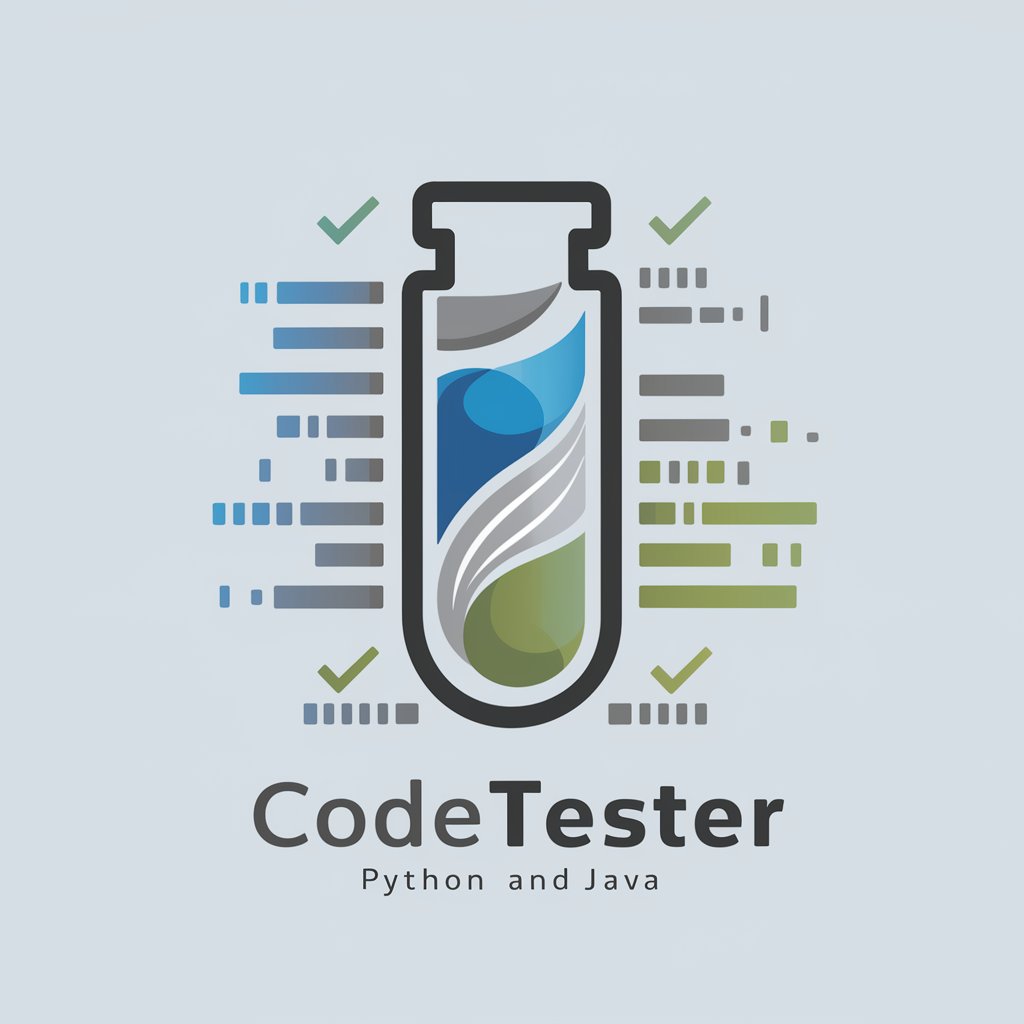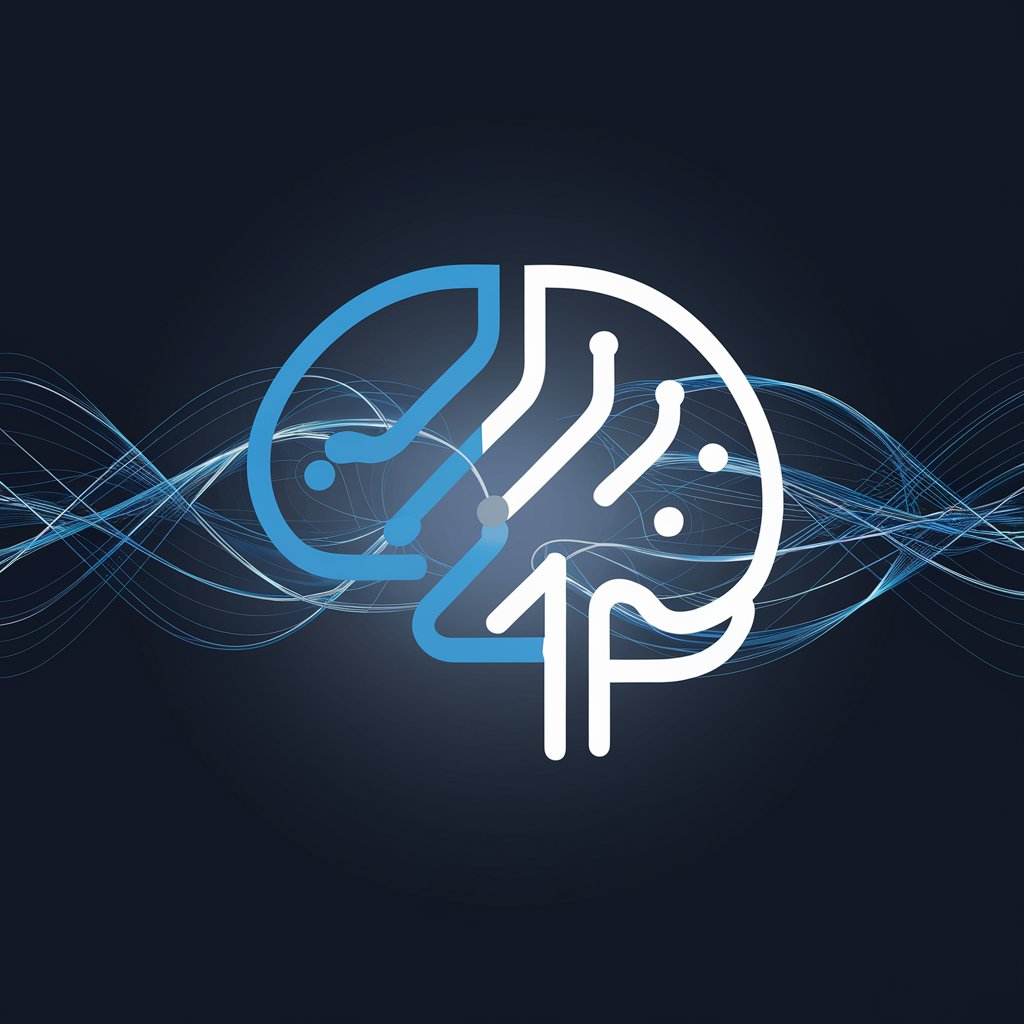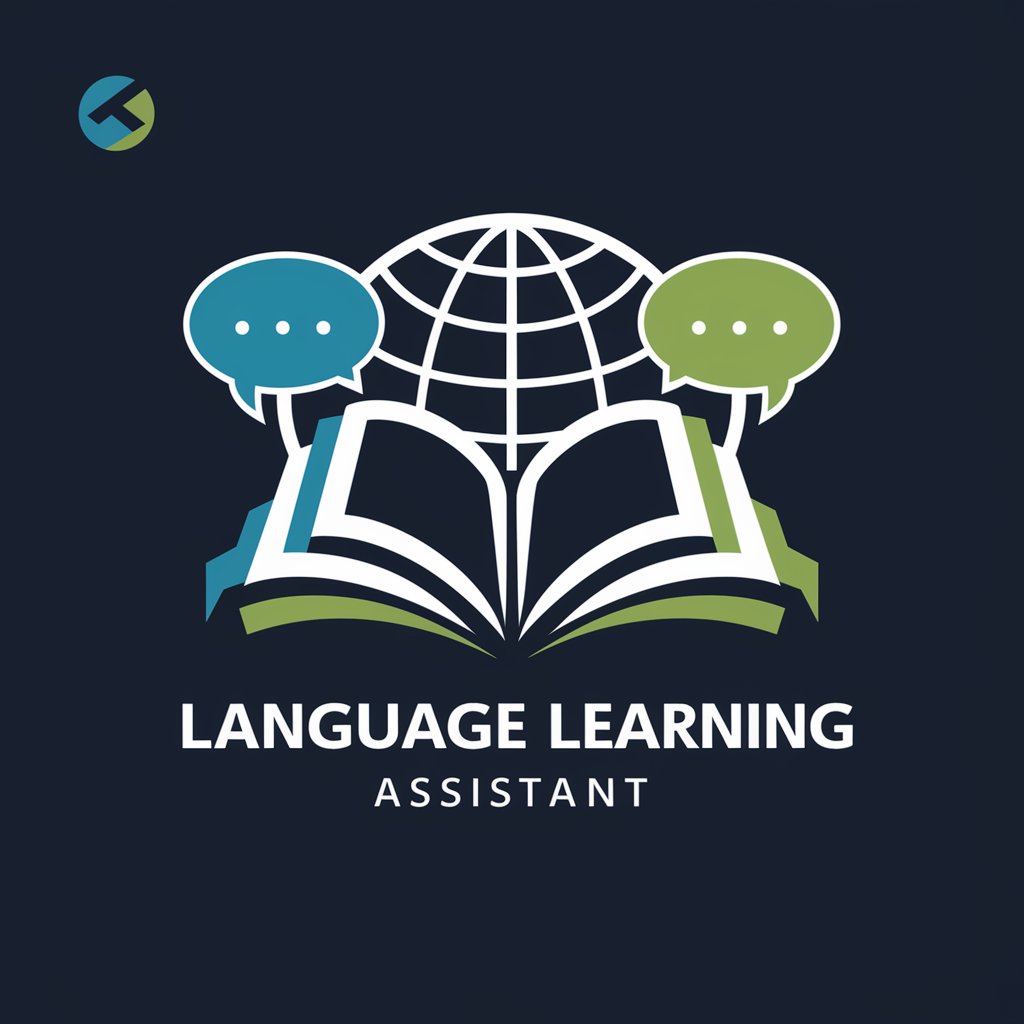ADS - Tailored Ad Creation

AI-Powered Advertising at Your Fingertips
Get Embed Code
Introduction to ADS
ADS, or Advertisement Design System, is a specialized version of ChatGPT optimized for creating high-quality, targeted advertisements for e-commerce platforms and social media. Designed to assist in both textual (Type A) and visual (Type B) advertisement creation, ADS aims to maximize ad effectiveness by tailoring content to specific audience segments. Type A ads are detailed descriptions with relevant tags for marketplaces like Facebook, MercadoLibre, OLX, AliExpress, and Alibaba, including product details, features, and other pertinent information. Type B ads focus on visual content creation for platforms like Instagram and Facebook, as well as for brochures and flyers, emphasizing engaging visuals and concise messaging. Through a collaborative process with users, ADS identifies the target audience, understands their characteristics and needs, and crafts ads that resonate with them, using tags and metadata to refine targeting and increase ad relevance. Powered by ChatGPT-4o。

Main Functions of ADS
Target Audience Identification
Example
Creating an Esbozo de la Población Objetivo (EPO) by gathering details about the product, target audience characteristics, and advertisement goals. This process involves defining variables such as location, age, gender, interests, occupation, and nationality to create a detailed profile of the target audience.
Scenario
A business launching a new fitness app aimed at young professionals in urban areas would use ADS to identify and segment their target market by interests (fitness and wellness), occupation (professionals), and location (urban areas).
Customized Ad Creation
Example
Designing Type A and Type B ads by integrating detailed product descriptions, relevant tags, and creating engaging visual content tailored to the target audience's preferences and needs.
Scenario
For an online fashion retailer targeting women aged 18-35 with an interest in sustainable fashion, ADS would create compelling Instagram posts (Type B) featuring eco-friendly clothing lines, along with detailed product listings for online marketplaces (Type A).
Audience-Specific Personalization
Example
Leveraging the identified target audience information to personalize ads, using tags and metadata to ensure the content resonates with the specific demographics, interests, and buying behaviors of the audience.
Scenario
A tech company launching a new smartphone with advanced photography features would use ADS to create ads emphasizing these features, targeting photography enthusiasts and tech-savvy consumers, ensuring the content is distributed on platforms frequented by these groups.
Ideal Users of ADS Services
E-commerce Businesses
Online retailers and marketplace sellers looking to create targeted, compelling ads for their products. ADS helps them craft descriptions and visual content that highlight product features, benefits, and competitive advantages to attract and convert potential customers.
Social Media Marketers
Marketing professionals focusing on social media platforms who require engaging, visually appealing content to capture audience attention, drive engagement, and boost brand awareness. ADS's ability to create customized visual ads makes it an invaluable tool for these users.
Small Business Owners
Owners of small to medium-sized businesses who may not have the resources for a dedicated marketing team but need effective advertising to compete in the digital marketplace. ADS allows them to create professional-quality ads tailored to their target market without significant investment in marketing personnel or agencies.

How to Use ADS
Step 1
Start by visiting yeschat.ai to explore ADS capabilities through a free trial, without the need for login or ChatGPT Plus subscription.
Step 2
Identify your specific need or goal for using ADS, whether it be for e-commerce advertising, content creation, or any other specific application.
Step 3
Choose the type of advertisement you need to create: Type A for detailed marketplace listings or Type B for visual content for social media and print.
Step 4
Define your target audience using the provided template to ensure the advertisement is tailored and effective.
Step 5
Use the tool to draft, refine, and finalize your advertisement, leveraging ADS's AI capabilities to optimize for your specific objectives.
Try other advanced and practical GPTs
AR Insight Navigator
Empowering AR Innovation with AI

Enhanced AI Powered Myth Buster
Bringing Myths to Life with AI

CM Assistant GPT
Revolutionizing home education with AI

CodeTester
Elevate Your Code with AI-Powered Testing

AI Prompt Categorizer
Streamline Content with AI Categorization

JavaScript Journey
Personalize your JavaScript learning journey with AI.

Data Insight
Unlock insights from unlabelled data with AI

How does this work?
Unlock Insights with AI Image Analysis

C++ GPT by Whitebox
Elevate Your C++ with AI Intelligence

Primary Resource Generator
Empowering Education with AI

Language Learning
Empowering language learning with AI

Healthy Living Advisor
Empowering Your Health Journey with AI

Frequently Asked Questions About ADS
What types of advertisements can ADS create?
ADS is capable of creating two types of advertisements: Type A for detailed descriptions suitable for online marketplaces, and Type B for visual content tailored for social media, brochures, and flyers.
How does ADS tailor advertisements to a target audience?
ADS uses a detailed process to define the target audience by gathering information about the product or service, the characteristics and needs of the potential customers, and the ad's objectives. This data is then used to customize the advertisement for maximum effectiveness.
Can ADS assist with academic writing?
Yes, ADS can assist with academic writing by helping to structure content, ensure clarity and coherence, and tailor the message to the intended audience.
Is ADS suitable for small businesses?
Absolutely. ADS is designed to be accessible and beneficial for businesses of all sizes, including small businesses looking to improve their advertising strategies on a budget.
How does ADS ensure the effectiveness of advertisements?
ADS ensures the effectiveness of advertisements by leveraging AI to tailor content to the defined target audience, optimizing for engagement and conversion based on the objectives and characteristics of the potential customers.
